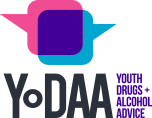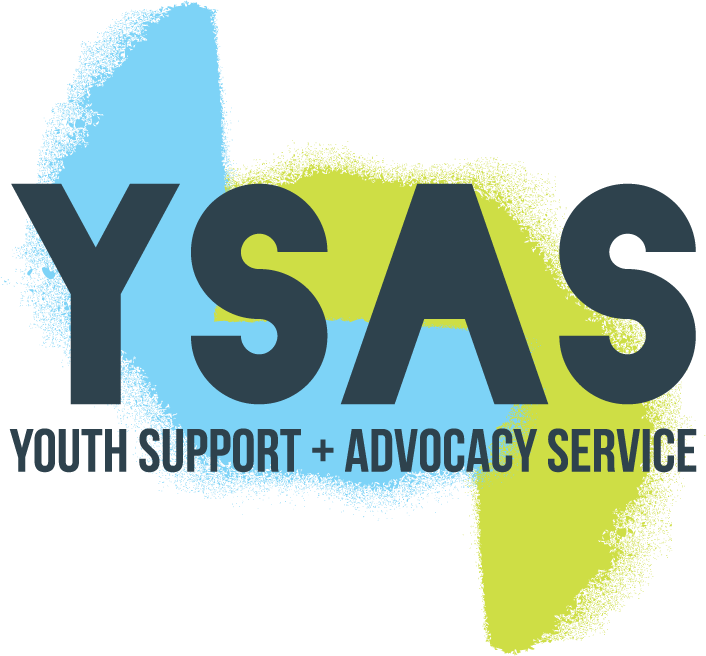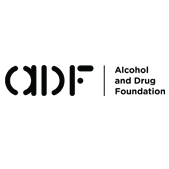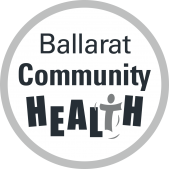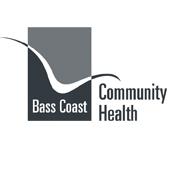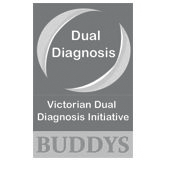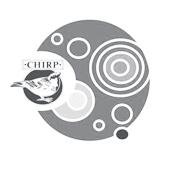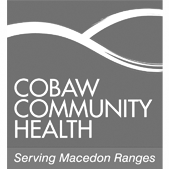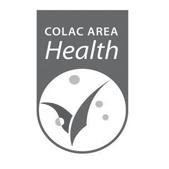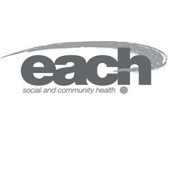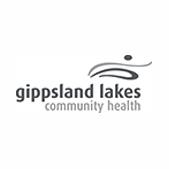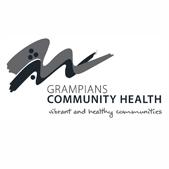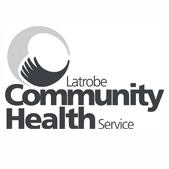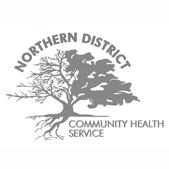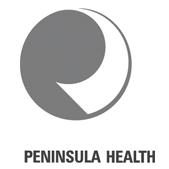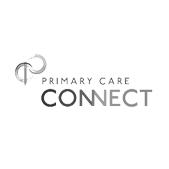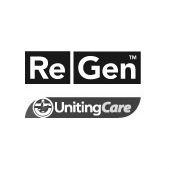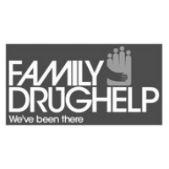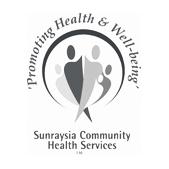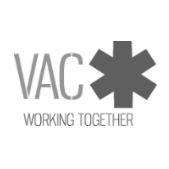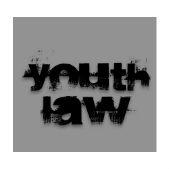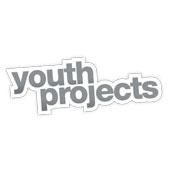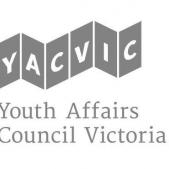Advice for Teachers
Why drug education and information isn’t always enough
Drug information alone will not prevent substance use. Environmental factors place some students at far more risk of developing problems than others.
Although there is benefit in providing accurate drug information and education, this has to be done well and on its own it does not control for the environmental risk factors that students may be susceptible to. For example, if a young person is raised in a home where drug abuse is not only acceptable, but a normal social practice, universal prevention strategies, (interventions targeted at every student such as whole class drug education) may not be sufficient to prevent that young person from developing a substance use problem.
In instances where a young person’s experiences suggest they are at risk of developing drug or alcohol related problems, indicated or targeted interventions are often needed. Similarly where students are already showing signs of emerging drug use or related problems, early intervention approaches are needed.
Both early intervention and indicated prevention approaches are broad labels for the type of interventions teachers and well-being coordinators can provide in a school environment when they are aware of issues. These approaches compliment accurate information with support to address the underlying factors which contribute to, or protect against, drug related problems developing. Supporting the development of social skills or helping a student to identify and access activities as an alternative from substance abuse are examples of early intervention or indicated prevention approaches.
